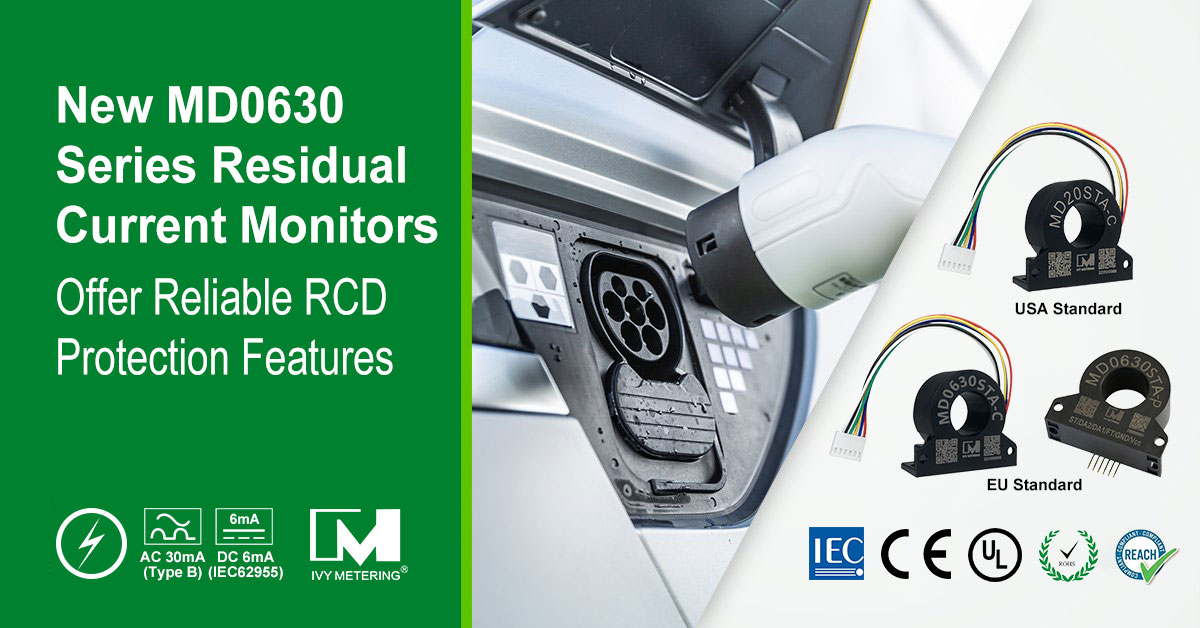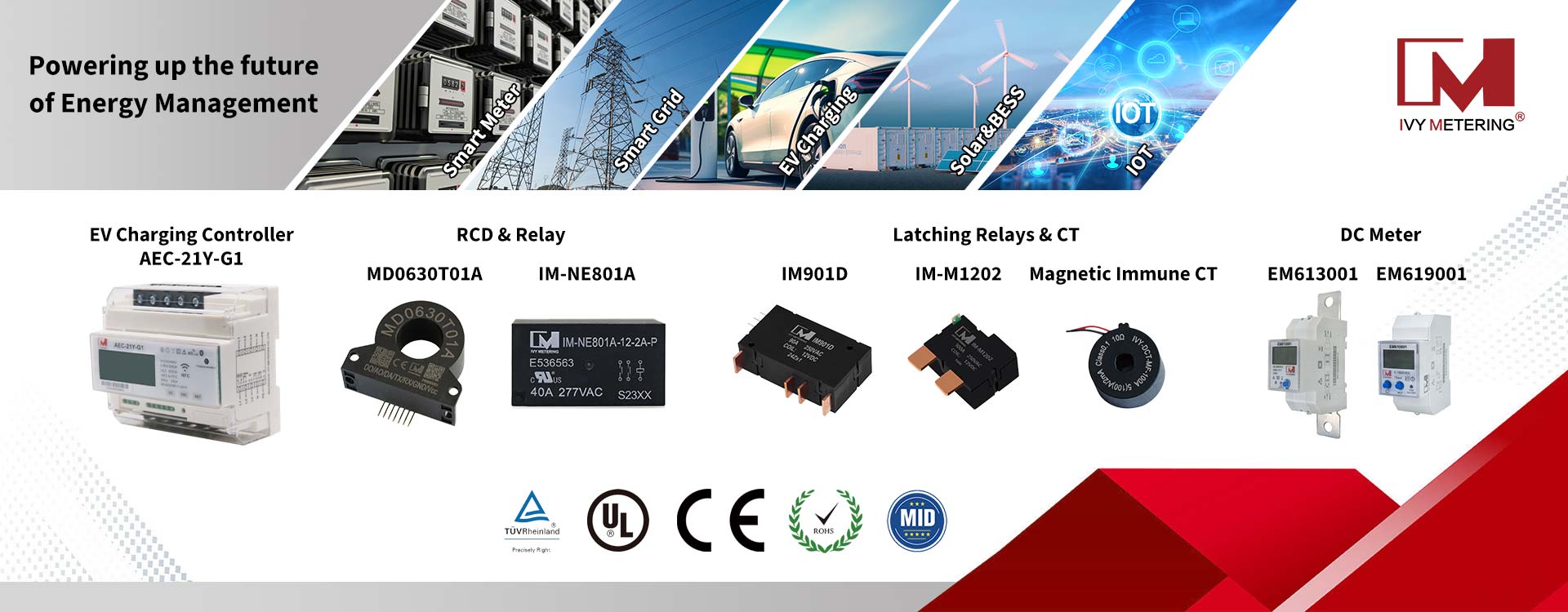Why RCD Module is Important to Safety for EV Charger?
The popularity of electric vehicles has meant a significant increase in the need for safe and reliable charging infrastructure. This is where RCDs in EV chargers come into play, detecting and preventing electrical hazards by identifying ground faults in current-carrying circuit conductors. This article will briefly explain what a residual current device in an EV charger is. Let everyone know about this function and its importance.

RCDs play an important role in ensuring a safe charging experience. Most EVs require high voltages to charge, and a system failure could result in dangerous situations such as electric shock or equipment failure. RCDs are very important safety protection devices in EV chargers, detecting residual currents and reducing the risk of injury and equipment damage.
RCDs bring a great deal of safety to the charging of EVs by providing real-time protection. For EV chargers, which are typically set at high voltages, even small residual currents can be dangerous. The rapid response capabilities of RCDs make them very important in preventing injuries to users and actual damage to charging equipment. It is because of this potential for rapid identification and response that RCDs have become indispensable in both public and residential EV charging stations, where users may need to trust.
What is a Type B Leakage Current Sensor?
IVY Metering MD0630 Series B-type leakage current sensor is designed to detect leakage current in AC/DC systems. In electric vehicle charging stations or charging piles, this sensor is one of the important components to ensure safe charging.
The characteristic of the B-type leakage current sensor is that it can detect all types of leakage current, including sinusoidal, non-sinusoidal and DC current components. This is very important for electric vehicle charging, because the electrical system of electric vehicles may contain both DC and AC components, and non-sinusoidal waveforms may exist in some cases.
In electric vehicle chargers, the B-type leakage current sensor is usually used in conjunction with a residual current operated protector (RCD), which cuts off the power supply to prevent electric shock once an abnormal current leakage is detected.
The B-type leakage current sensor used in electric vehicle charging piles has the following advantages:
1. AC/DC integrated leakage current monitoring provides a better choice for the development of charging pile leakage protection.
2. The solution not only covers the performance indicators of the current A-type or A+6mA_AC-type.
3. It can be used with the B-type leakage current sensor in the three-phase AC charging pile.
The performance indicators of type B leakage current sensor mainly include the following points:
1. Frequency range: The frequency range of type B leakage current sensor is DC~1 kHz.
2. Open collector output: type B leakage current sensor can select OC output.
3. Digital output: type B leakage current sensor supports DC 6mA and AC 30mA digital output.
4. Primary side load current: the primary side load current of type B leakage current sensor is 40A, which can be expanded to 100A.
5. Standard certification: type B leakage current sensor complies with IEC 62752 and IEC 62955 standards.












